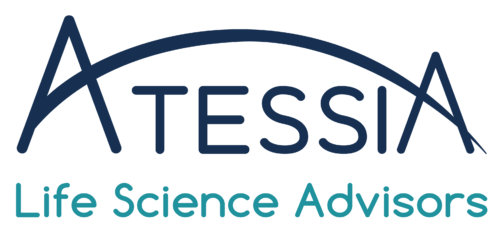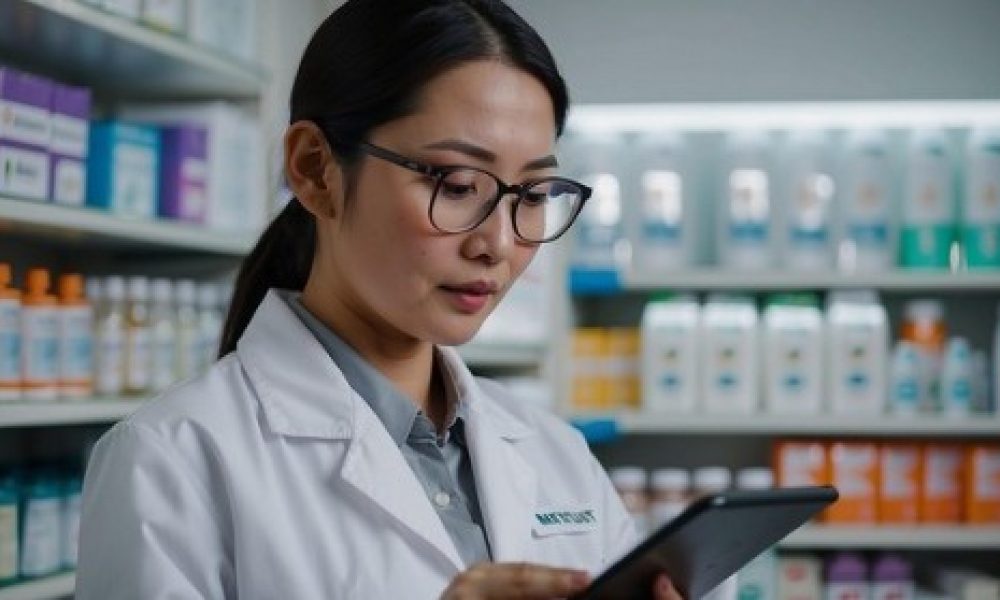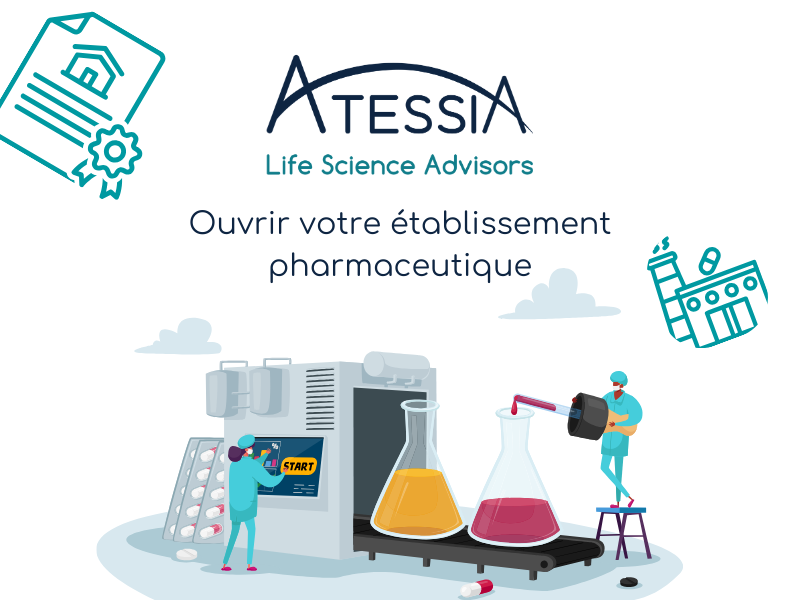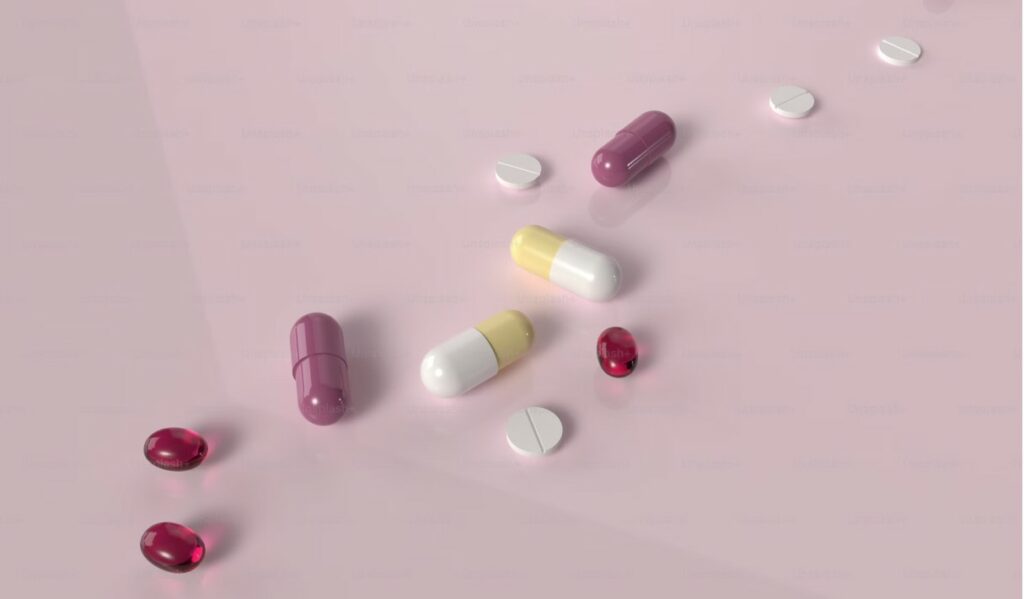The French Repository for Generic medicinal Products
What’s the French Repository of Generic Medicinal products ?
According to European regulation, ‘Generic medicinal product’ shall mean a medicinal product which has the same qualitative and quantitative composition in active substances and the same pharmaceutical form as the reference medicinal product, and whose bioequivalence with the reference medicinal product has been demonstrated by appropriate bioavailability studies. Bioavailability studies need not be required of the applicant if he can demonstrate that the generic medicinal product meets the relevant criteria as defined in the appropriate detailed guidelines.
The French Repository of Generics is defined in the French Regulation (Article R5121-8 of the French Public Health Code (PHC)) as a repository that displays generic groups. Generic group, also defined in the French Regulation(Article L5121-1-5b) of the French PHC), may include reference medicinal product and generics (legal basis 10(1)) but also medicines that can substitute a reference medicinal product without being a generic*. Within each generic group, the repository provides information about:
- Dosages,
- Pharmaceutical forms,
- Excipients with known effect if relevant;
- MAH and Exploitant if different from the MAH.
The various immediate-release oral pharmaceutical forms shall be considered to be one and the same pharmaceutical form.
Specific identifiers enables to understand the status of medicines in each generic group:
- R: Reference medicinal product;
- G: Generic
- S: medicines that can substitute the reference medicinal product without being generic*.
It is to be noted that a generic group:
- may not systematically includes reference medicinal product*
- may include more than one reference product*
This repository is dedicated to generic medicinal products (and some exceptions mentioned). Even if there are some historical exceptions, it does not concern hybrid medicinal products or biosimilar medicinal products that have their own respective registries with additional requirements and specificities.
*according to a Decision made by the Director of the French HAs.
What’s the goal?
In France, the regulation plans that prescription of medicines should be done using INN.
The goal of the repository is to enable the substitution of reference medicinal product by generic by providing a clear view on equivalence in terms of products within a same group.
The right of substitution may be used by pharmacist within the same group between the reference medicinal product and a generic/substitutable medicinal product, as well as between one generic/substitutable specialty and another.
Moreover, for generic groups without a reference medicinal product, the right of substitution can be exercised indifferently within the group
Of note, substitution should be done cautiously in some situations:
- When it introduces excipients with known effects;
- Where the repository includes particular warning about a specific risk that can arise from the substitution;
- Where the substitution concerns medicinal product with a narrow therapeutic margin.
How is it updated?
The French Regulation provides that it is the responsibility of the French HA Director to update this repository with dedicated Decisions and a consolidated version of the repository. All those documents are available in the French HA Website.
In practice, upon approval of a generic medicinal product, the French HA informs within one month the MAH of the reference product about the issuance of a MA decision for a generic. Then, the French HAs update the repository 60 days after the notification.
The repository might also be updated due to change of MAH, Exploitant, change in name but also in case of withdrawal of MA.
As illustration, this repository has been updated 11 times in 2024.
This article was written by Agathe DAUBISSE, Senior Regulatory Affairs Advisor





